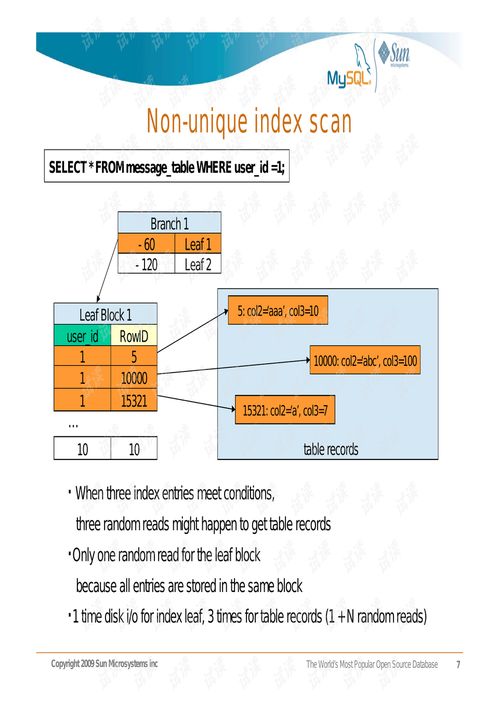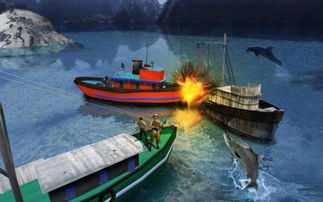Content:
In the serene world of angling, slow-pitch fishing has long been revered for its ability to yield impressive catches and the tranquility it brings to the angler. However, mastering the art of slow-pitch fishing can be challenging, especially for beginners. This article delves into the intricacies of slow-pitch fishing, offering a comprehensive guide with valuable tips and technique videos to help you catch more fish with ease.
Understanding Slow-Pitch Fishing
Before diving into the techniques, it's essential to understand what slow-pitch fishing is all about. Slow-pitch fishing, also known as pitching or flipping, is a method used primarily for bass fishing. It involves casting a lure or bait into thick cover, such as weeds, logs, or brush piles, and retrieving it slowly to entice fish that are holding in these areas.
The Equipment You Need
To get started with slow-pitch fishing, you'll need the right equipment:
- Rod: A medium-heavy to heavy-action rod with a length of 7 to 8 feet is ideal for slow-pitch fishing.
- Reel: A baitcasting reel with a high gear ratio (5.1:1 to 6.1:1) is recommended for controlling the lure's movement.
- Line: Use 12 to 20-pound test fluorocarbon line for its low visibility in the water.
- Lures: Soft plastics like worms, grubs, and creature baits are popular choices for slow-pitch fishing.
The Basics of Casting
The casting technique is crucial for successful slow-pitch fishing. Here's a step-by-step guide:
- Load the Reel: With your rod in a comfortable casting position, load the reel with line by winding it until the lure is about 6 to 12 inches above the water.
- Back-Cast: Begin the back-cast by sweeping the rod back over your shoulder, allowing the lure to travel back with the line.
- Stop and Pause: As the lure reaches the end of the back-cast, stop winding and pause briefly.
- Forward-Cast: With the rod tip pointing down, make a smooth forward-cast, allowing the lure to land softly in the water.
- Set the Hook: Once the lure is in the water, set the hook by lifting the rod tip sharply and then winding in the line to secure the fish.
Retrieval Techniques
The retrieval technique is where the real art of slow-pitch fishing lies. Here are some key retrieval methods:
- Trick Retrieval: This involves a series of twitches, pauses, and retrieves to mimic the natural movement of prey.
- Trolling: For areas with heavy cover, slowly pull the lure through the water, allowing it to bounce off objects.
- Walking the Dog: Move the lure in a straight line across the water, then stop and twitch it to mimic a struggling baitfish.
Advanced Techniques
For those looking to take their slow-pitch fishing to the next level, here are some advanced techniques:

- Pitching: This involves casting the lure directly into the cover, then using a quick, upward motion to set the hook.
- Flipping: Similar to pitching, but the lure is cast at a lower angle to reach tight spots.
- Weighted Lures: Using weighted lures can help you reach deeper or more difficult-to-reach areas.
Technique Videos
To help you visualize and understand these techniques, we've compiled a list of valuable technique videos:
- Basic Casting Technique: This video demonstrates the correct casting form and how to load the reel.
- Trick Retrieval: Learn how to perform the twitch, pause, and retrieve sequence to mimic natural prey movements.
- Advanced Pitching and Flipping: Watch as experts show you how to pitch and flip lures into tight spots with precision.
- Weighted Lures and Trolling: Discover how to use weighted lures and troll effectively in various conditions.
Conclusion
Slow-pitch fishing is an art that requires patience, practice, and a deep understanding of the techniques involved. By following this comprehensive guide and utilizing the technique videos provided, you'll be well on your way to mastering the art of slow-pitch fishing and reeling in impressive catches. So, grab your gear, find a serene spot by the water, and start your journey into the world of slow-pitch fishing today!












